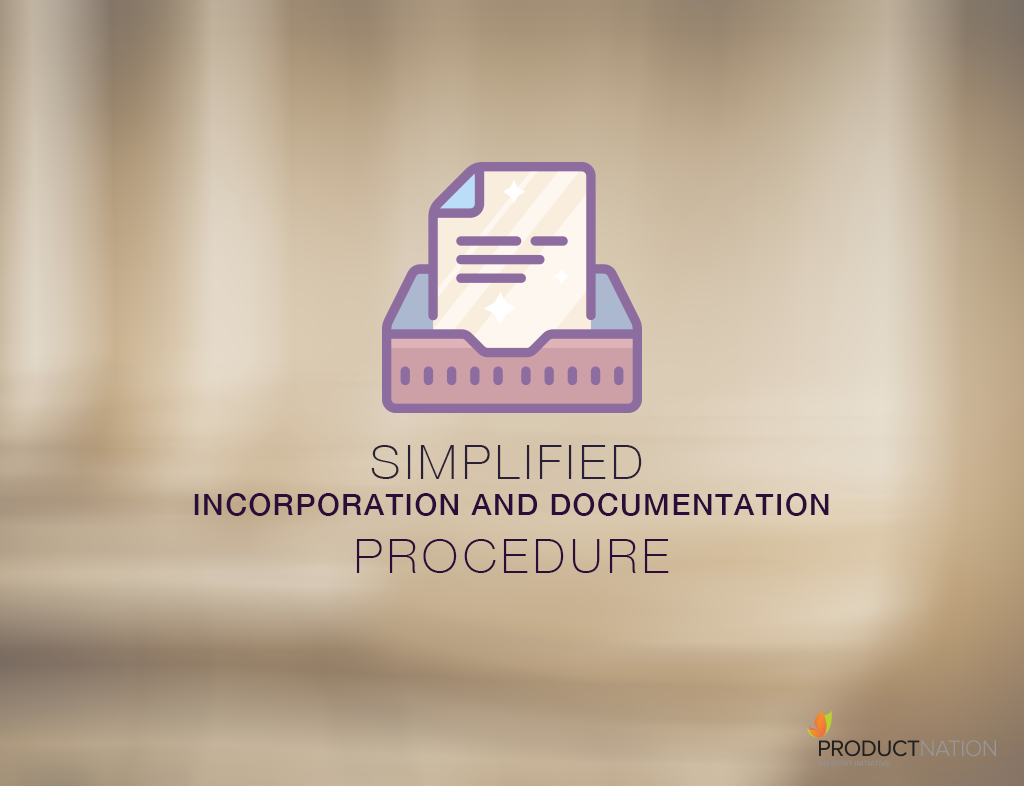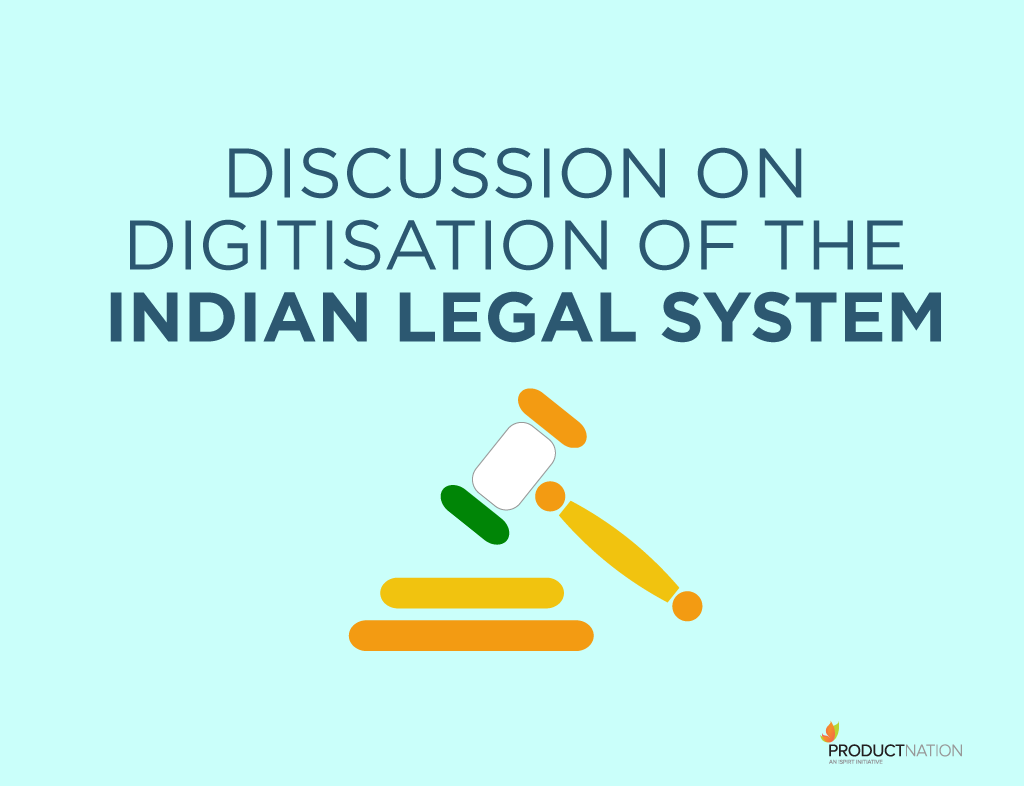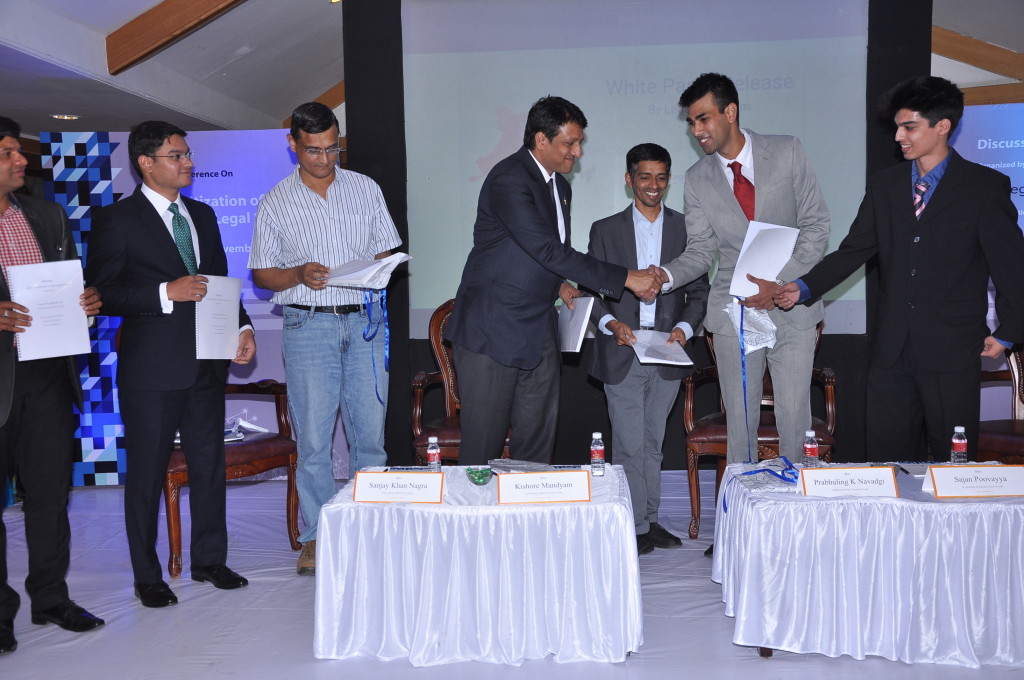Ministry of Corporate Affairs (MCA) has further simplified the ease of doing business in India by introducing SPICe forms to further digitize the company registration process. The form INC 29 was originally used to incorporate companies within a couple of days. Though this form simplified the process of incorporation, key stakeholders and professionals felt that this was a risky form because a rejection in a particular section or subsection would result in the entire form being rejected. It was because of this most promoters/founders (about 65%) used the INC 7 Form to file for incorporation. To fix this drawback, the MCA created Simplified Performa for Incorporating a Company Electronically or SPICe Form.
SPICe Forms
Simplified Performa for Incorporating a Company Electronically (SPICe) form is a single multi-purpose form that handles multiple applications such as reservation of the company name, allotment/application for Director Identification Number (DIN), incorporation of a company, etc. This was launched by the MCA to fast track the Incorporation process for companies in India.
The form INC 32 is similar to INC 29 because it helps fast track the incorporation of a company in India with the only exception, the former form has a provision for name approval, thereby assuring the name, while the latter has no such provision.
How to Incorporate a Company?
There are two ways to incorporate a company, namely:
- INC 7, DIR 12 and INC 22
- INC 32 or SPICe Form (replacing INC 29)
Types Of Companies That Can Apply Through SPICe
- Part 1 Company
- Producer Company
- Section 8 Company
- New Company – One Person Company (OPC), Private or Public Limited Company.
Step-By-Step Process
I. File INC Form 32
INC 32 is the eform used in electronic filing of the Memorandum of Association (MOA) and the Articles of Association (AOA). The Standard format to be followed is Form INC 33 (for MOA) and INC 34 (for AOA). Previously, a company applying for incorporation would use their own format and sent to the Registrar of Companies individually, but since the introduction of SPICe Form, one needs to apply for AOA and MOA with the standard format prescribed. This creates less confusion and a narrow scope for making errors.
Based on the type of company, the following standard templates are used:
| Sr.No | Type Of Company | AOA | MOA |
| 1 | Company Limited by Shares | Table A | Table F |
| 2 | Company Limited By Guarantee (not having share capital) | Table B | Table H |
| 3 | Company Limited By Guarantee (having share capital) | Table C | Table G |
| 4 | Unlimited Company (not having share capital) | Table D | Table J |
| 5 | Unlimited Company (having share capital) | Table E | Table I |
II. INC 1 or Name Change
Only a single name for the company can be proposed in a form.
III. File DIN
DIN is automatically allocated to directors that do not have a DIN.
IV. Digital Signature Certificate (DSC) is an essential step in this process. Without a DSC, a company cannot file for incorporation through SPICe Form. The Directors, witness/es and a professional will be required to use their DSC on the SPICe Form. The limit is 7 subscribers and 1 witness per incorporation, though accommodation for certain cases that require more than 7 subscribers has been undertaken.
V. Permanent Account Number (PAN), Tax Deduction and Collection Account Number (TAN) and Employee State Insurance Corporation (ESIC) registration can be done in a single step.
VI. Documents Required
- Memorandum Of Association
- Articles Of Association
- A declaration and affidavit must be filed by the first subscriber/s and director/s.
- Proof of Office Agreement – Rental Agreement, conveyance, lease deed and rent receipts.
- A copy of Utility bills lesser than 2 months – phone bill, electricity bill, etc.
- NOC from the sole proprietor, partners, other associates, etc.
- Proof of identity and residential address of the subscribers and directors.
VII. Share Capital
The minimum share capital (authorized and subscribed) for a One Person company (OPC) is INR 1, for a Private company INR 2 and for a Public Limited Company is INR 7.
VIII. Declaration by a Professional
The DSC of a professional (Company Secretary, Chartered Accountant, advocate, Cost Accountant) along with the professional’s membership and certificate number is required to file SPICe Form (a declaration that all information provided is accurate and true).
IX. The Form is then processed at the Registrar’s office.
Conclusion
SPICe Form was introduced to replace eForm 29. While drafting the SPICe form, accommodation was made to changes that benefited the stakeholders by reducing timelines and multiplicity of several forms in the process of Incorporation. SPICe will become the standard form and format for all incorporation related purposes.




